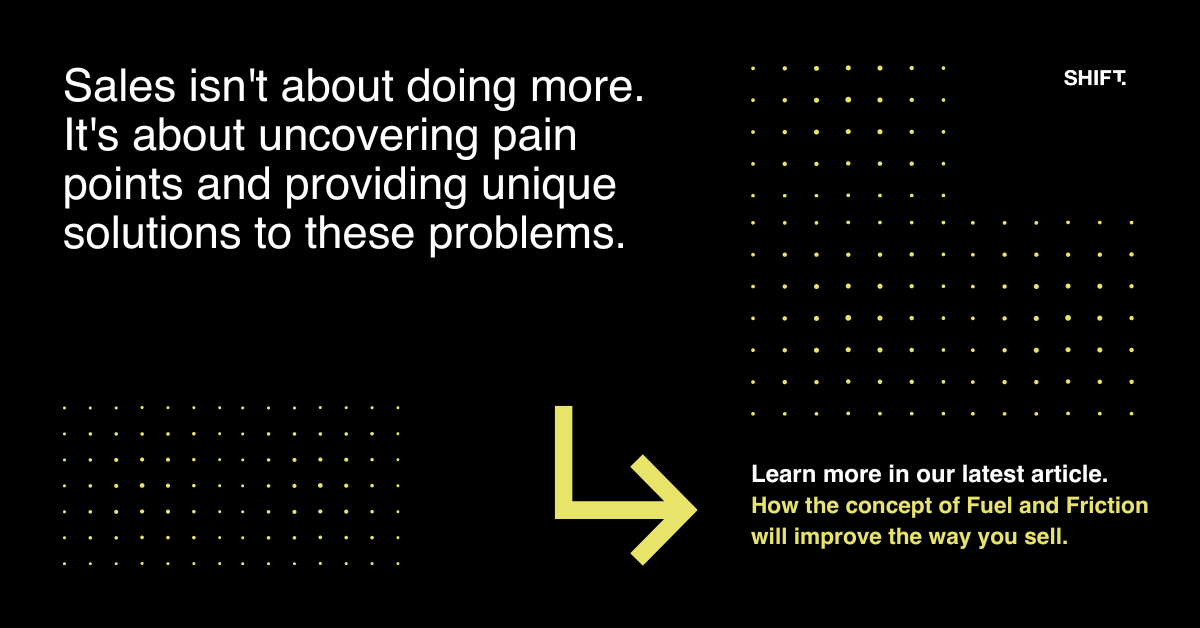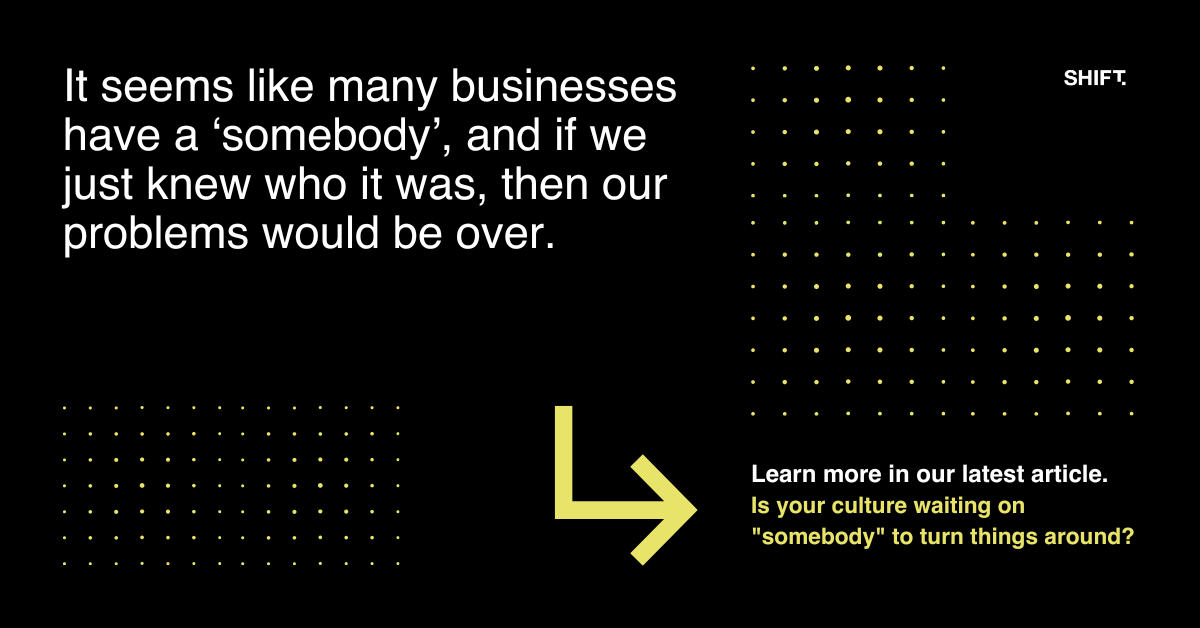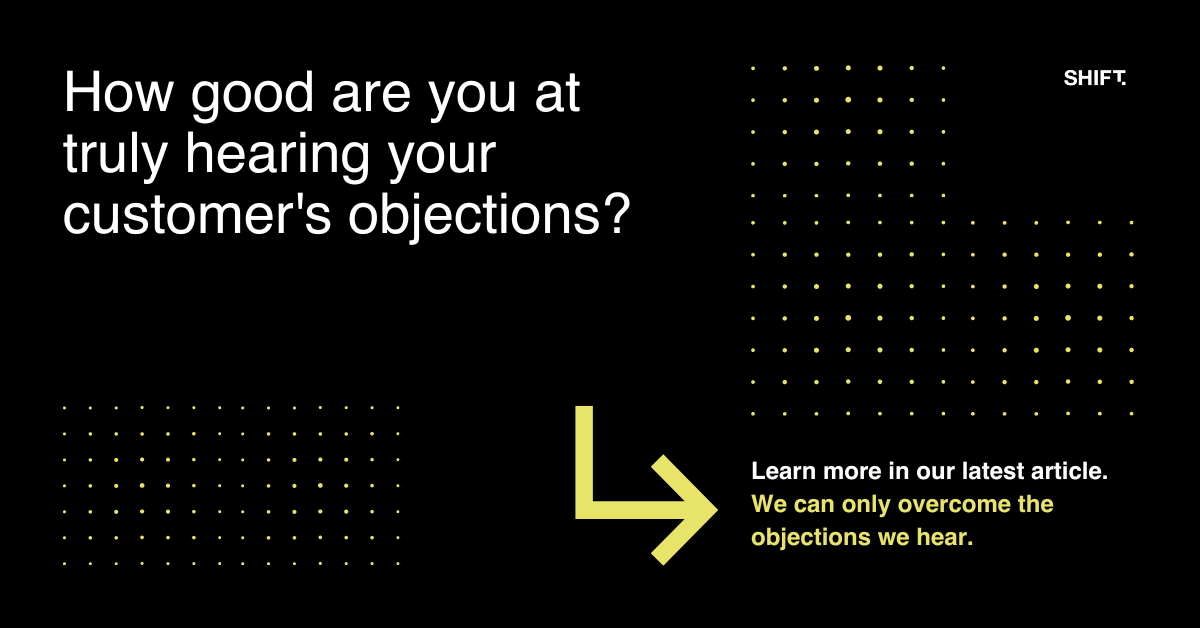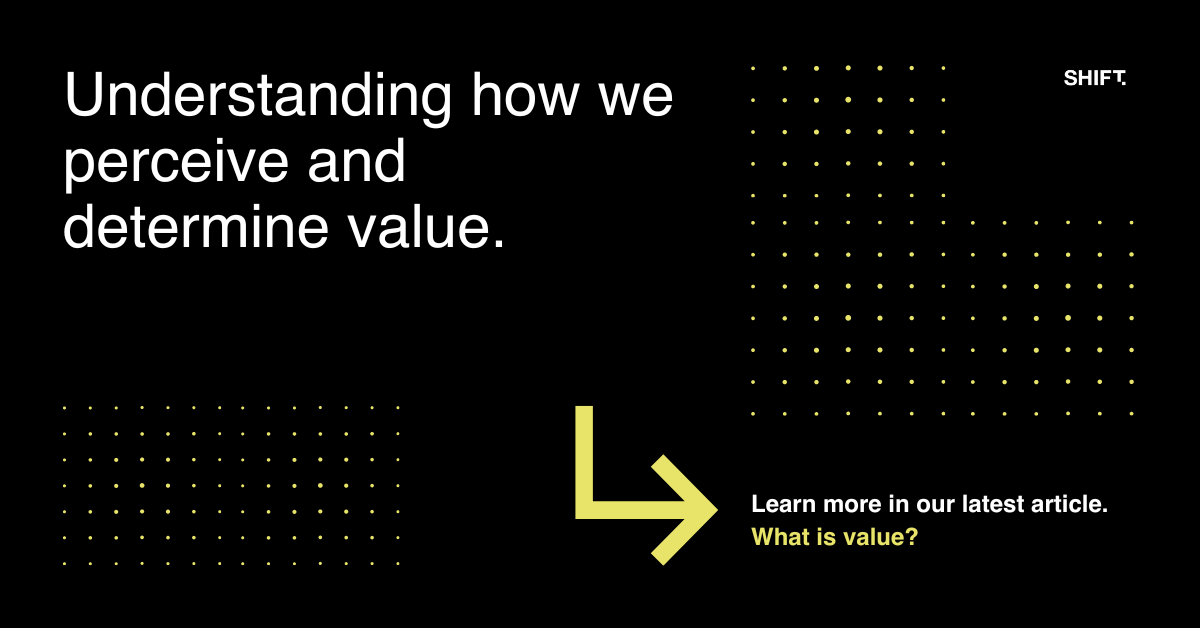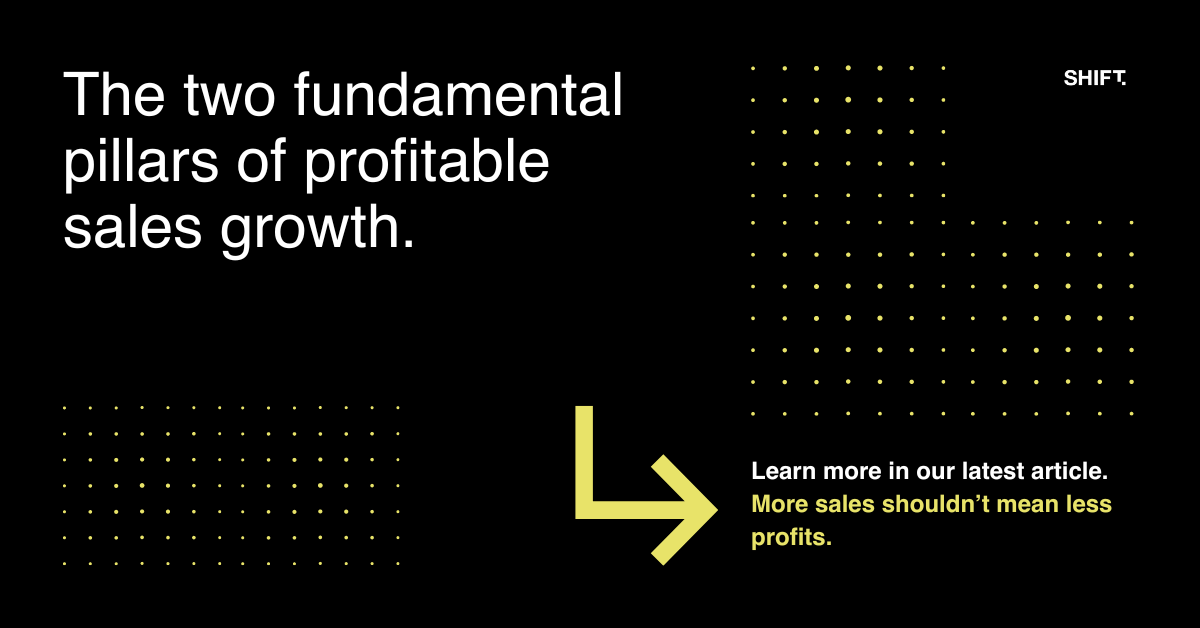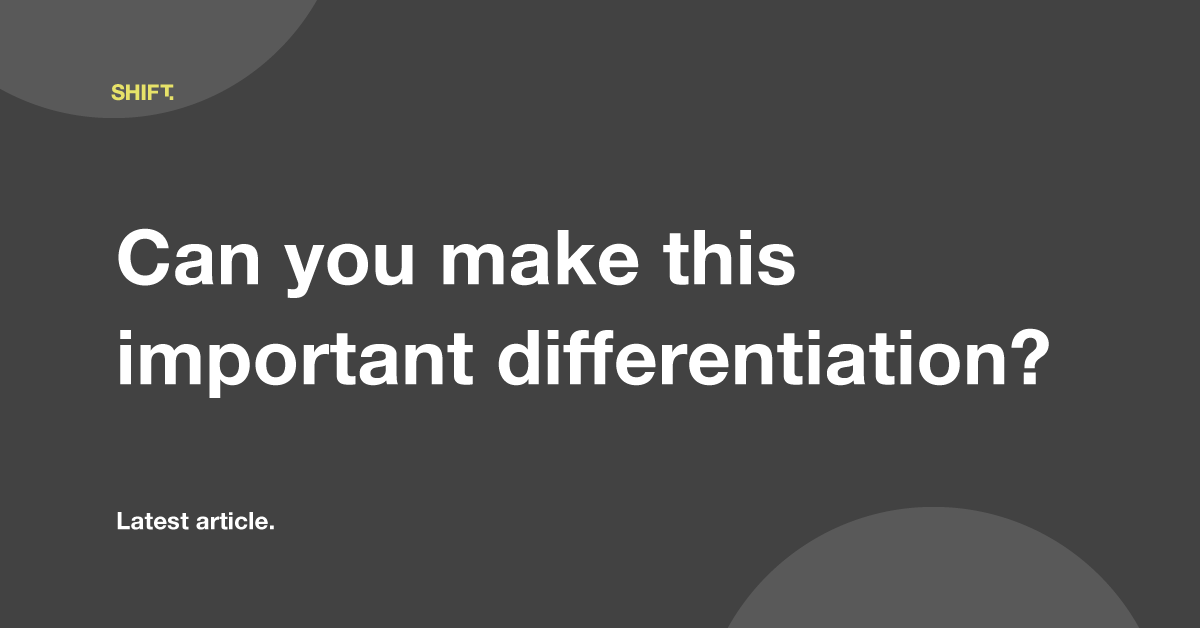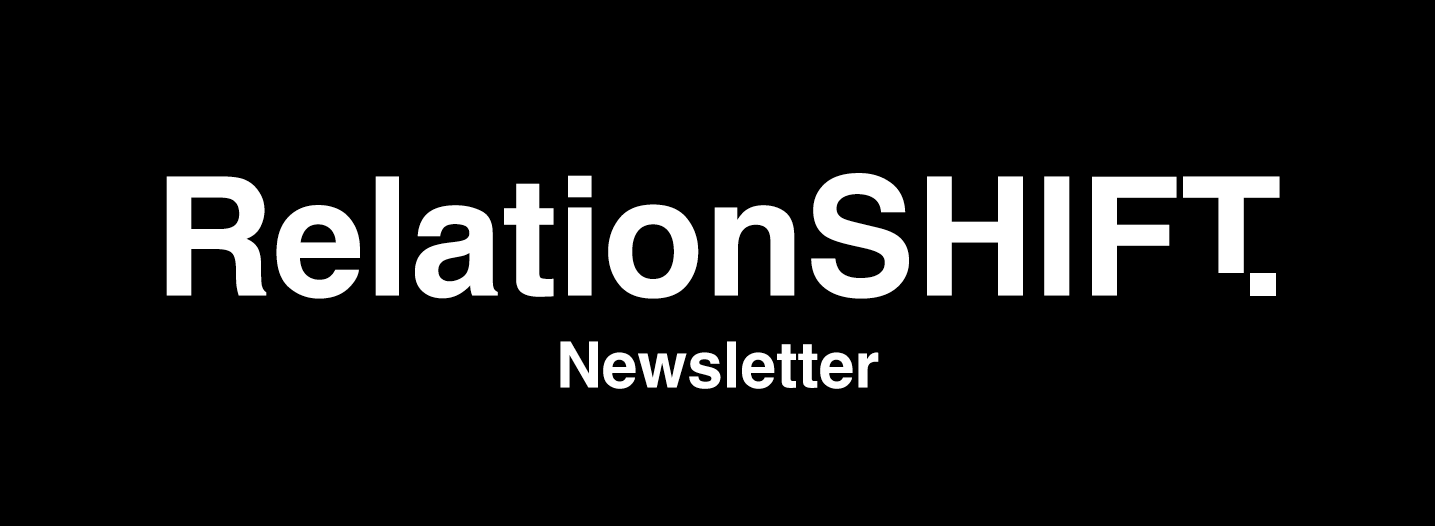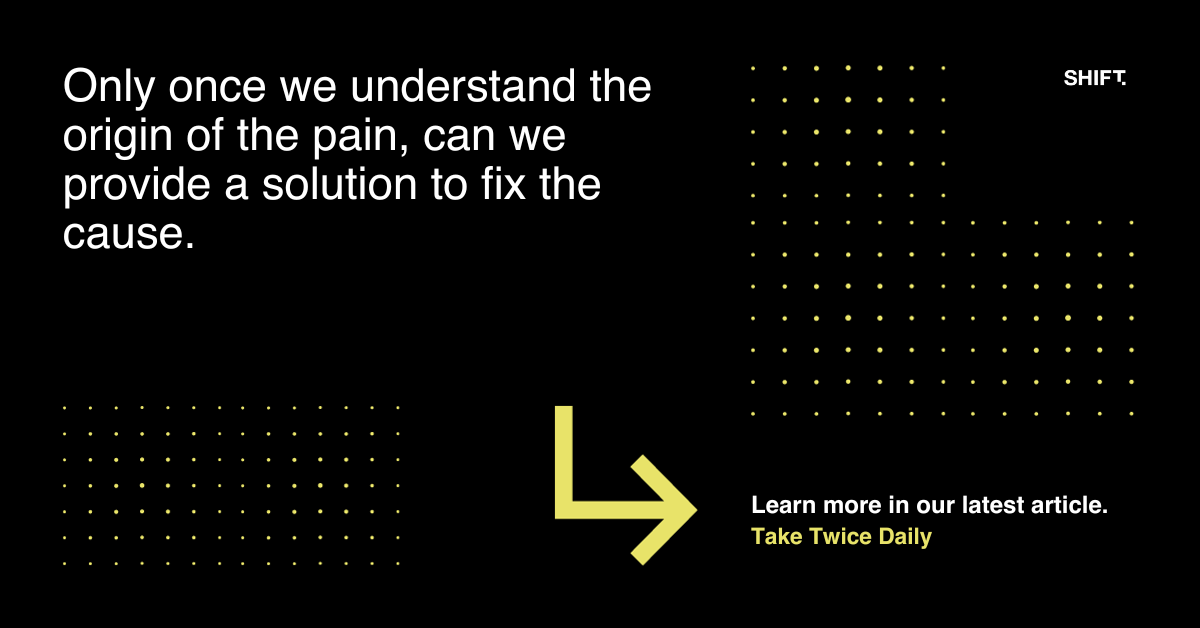When I was six years old, at school, I asked a girl for a kiss. She said, “No way, I would never kiss you, yuuuuccck”. At the time that really hurt, I can’t remember if I cried but I do remember feeling unwanted. I took it personally. I felt rejected.
That time you weren’t picked on the netball team with your friends because you weren’t good enough. You were the only one that wasn’t picked. That hurt. It felt like you weren’t wanted. You felt rejected!
The times when you wanted a cuddle from your mum and she pushed you away. Told you to leave her alone. You felt unwanted. It felt personal. It felt like rejection!
Rejection is a very personal thing. Being rejected hurts and we experience it from a very young age. Because of this, we build up a fear – the fear of rejection!
This is a fear we carry with us into our adult life. As salespeople, we carry the fear of rejection into our sales psyche and we hear objections as rejection. The problem with this is that the role of a salesperson is to handle objections until there are none left and we are just left with the sale.
Objections can feel the same as rejection, so we often react to objections the same way we react to rejections - fight back, argue, defend our position or slink away, disappear, shut down. In fact, we then try to avoid rejection in the way in which we sell – discount without the customer asking - to avoid rejection. Drop our price as soon as we think the customer isn’t happy - to avoid rejection. Leave money on the table rather than negotiate – to avoid rejection. Price our products too low from the outset, without understanding our value – to avoid rejection.
Objection and rejection are two completely different things.
Objections aren’t personal, they are an insight into the customers' headspace. They let us know that we just haven’t got the customer believing what we believe. We still haven’t transferred the trust. We haven’t got them to understand the value of what we do yet.
When we take on objections for what they really are, we then open ourselves up to listen more, ask understanding questions, use empathy and try to find where we need to provide a solution for their problem - handling the objection until nothing is left but the sale.
When we take an objection as rejection, we close off, become defensive and stop listening. At that point, we have taken a large step towards losing the sale and the customer.
So, when a customer says, “I just go with the cheapest, cos you are all the same”.
Is your first reaction to fight back and argue with them? Is it to discount the price until the customer buys? Is it to walk from the sale, justifying your decision by saying “sorry but that’s our price” and then letting them walk?
If so, then chances are you took this as a rejection.
If you took the time to understand them by empathising with them and then used understanding questions to find out more about them, then you would find out what the real customer pain is - “None of my suppliers really understand my needs, they try to sell me what they have rather than helping me with my business. I can get the same service from all of them and so, therefore, why should I be loyal. I don’t really trust any of them”.
Now you have something to work with – understanding the customers' needs and pain and then providing solutions accordingly.
Objections and rejections may sound the same, but get it wrong and you end up a long way from where you and the customer really want to be.
One important thing to keep front of mind...
Before you get customers to believe in what you do. You first have to believe in what you offer.
